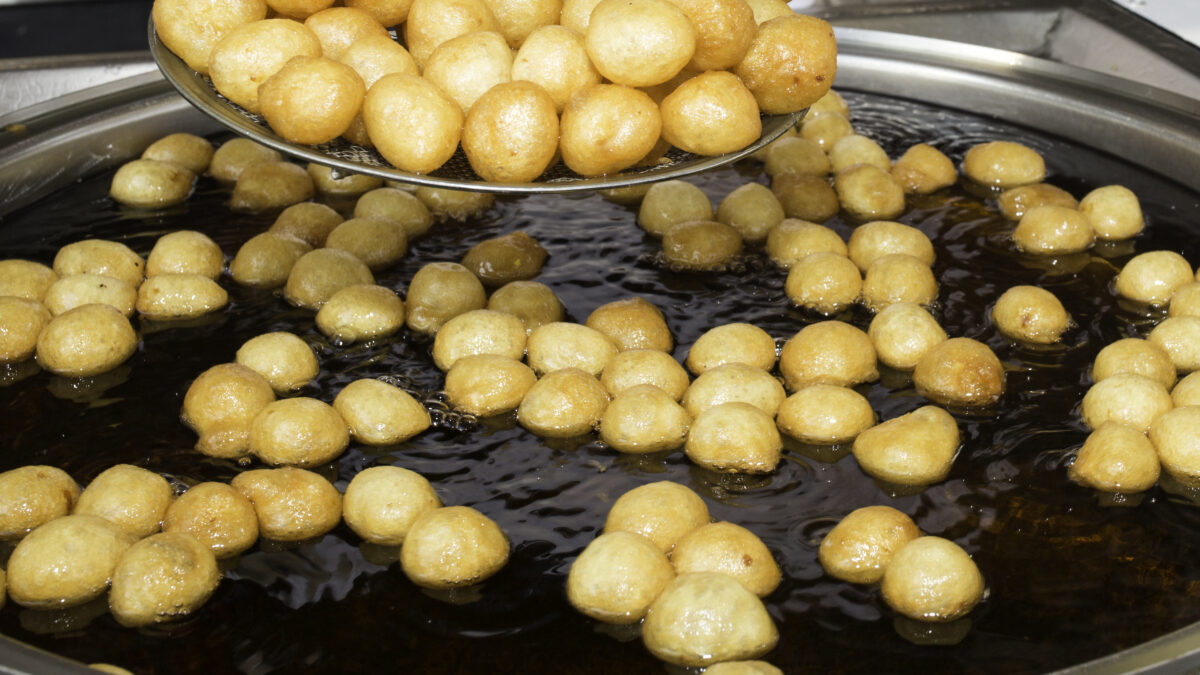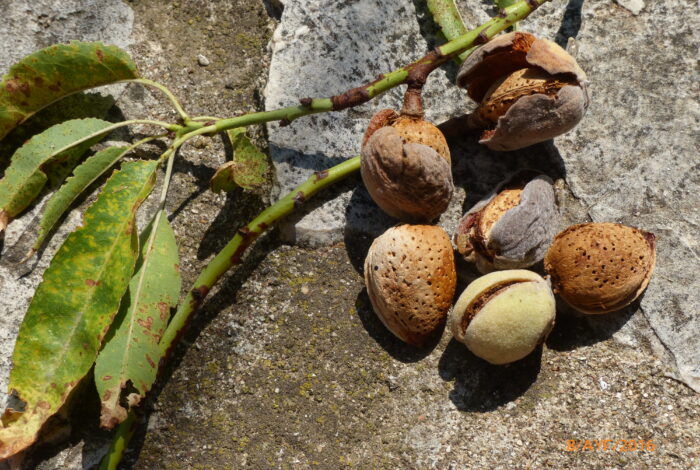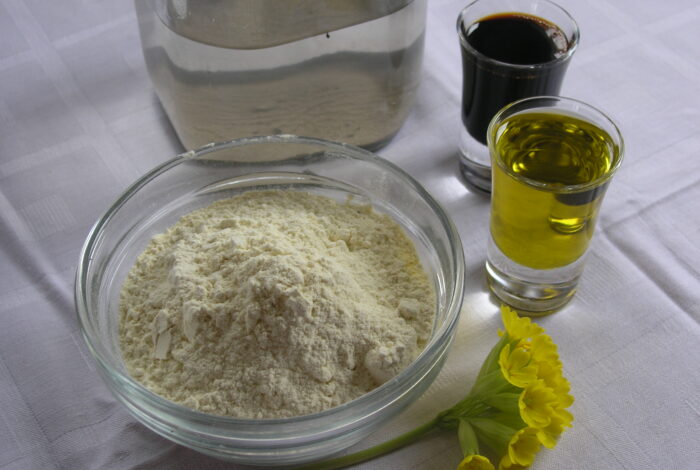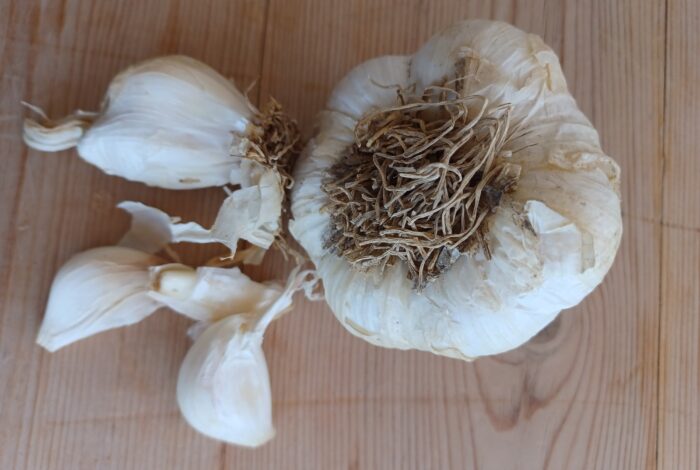‘Panigyria’ are festive events, usually organised for religious or cultural reasons. In previous decades, these festivals had ebbed somewhat in popularity, but they lost none of their value. Recently, thanks to the need for lived experiences for people living in Greece’s cities and for foreign tourists, panigyria have regained prominence.
Most of these festivals are organised by church parishes on the occasion of a religious feast, during which the Liturgy is performed, the honoured saint’s icon is taken through the area in a procession, and an open-air market operates. Panigyria are usually held outdoors, where attendees can eat meals featuring local delicacies. Meanwhile, the whole affair usually has musical accompaniment, with folk orchestras playing music to accompany local traditional dances.
Meals served at these events usually feature locally sourced, seasonal ingredients. They are prepared by parishioner volunteers in large quantities to ensure plenty for all festival goers, which sometimes number in the thousands.
Preparations often begin days before the event, while on the day of the panigyri, fires are lit in the morning to cook the food to be served, just as in an earlier age.
Throughout mainland Greece and the Aegean, goat and provatina, and more rarely pork, are cooked in church courtyards or in the central village square. Preparing the meal is considered an ‘honour’ for volunteers, who may be members of the parish, the festival organisers, or members of local cultural associations.
The culinary mainstay of these events is usually meat, and lots of it, roasted or boiled, always according to traditional recipes and served with potatoes, rice, traditional pasta, salads, sourdough bread and plenty of wine.
Large pots are often used to cook locally sourced legumes. Notable examples include chickpea stew on Sifnos, fava on Santorini, and fasolada (navy bean soup) in Northern Greece, all of which go exceptionally well with salted fish or sausages.
On the benches where food is served, guests will find handmade pies lovingly prepared by the local women, while no panigyri is complete without traditional sweets, such as semolina halva, loukoumades, pasteli and spoon sweets.
Foods served at these events are part of Greece’s culinary heritage, and modern Greek cuisine has developed around them. So, if you ever find yourself at a panigyri, get in line, try everything available, and be sure to dance the night away!










